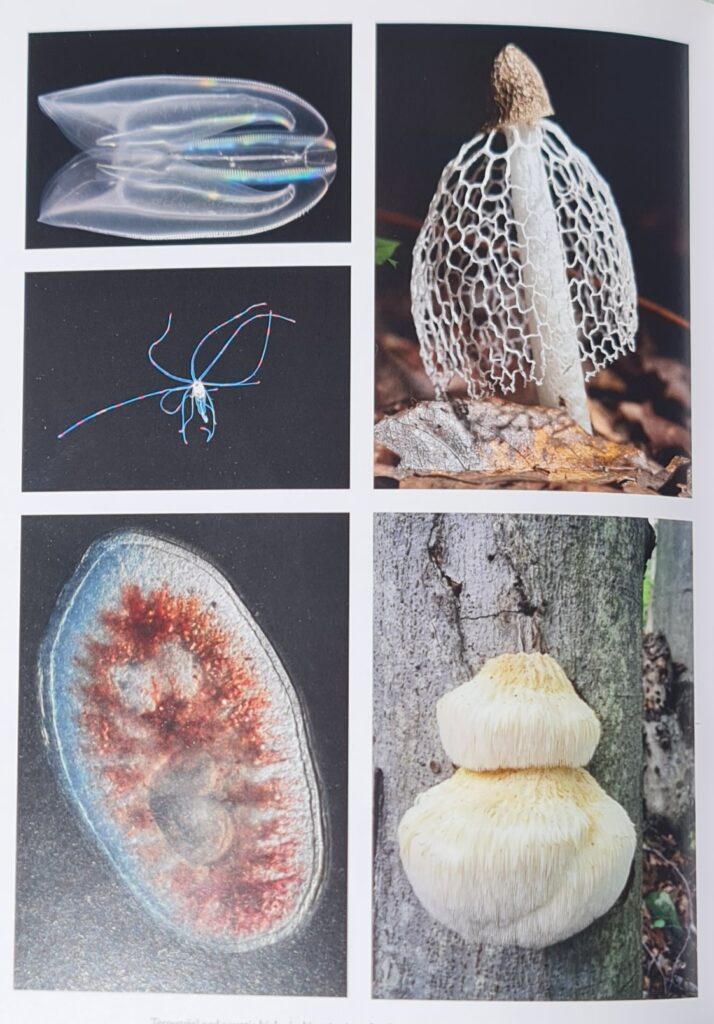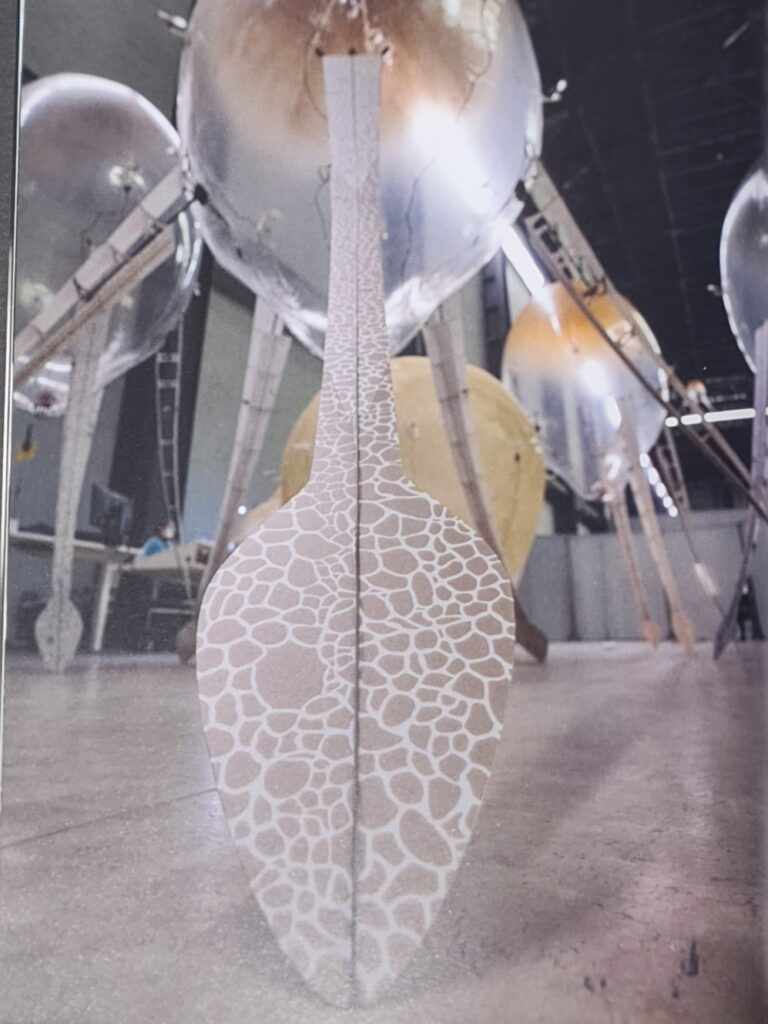Anikca Yi is a Korean-American conceptual artist who explores the connections between biology and technology. Yi has been the subject of solo exhibitions at museums including the Solomon R. Guggenheim Museum in New York and Kunsthalle Basel. Her work has appeared in the Venice Biennale in 2019 and the Whitney Biennial in 2017. She won the Hugo Boss Prize in 2016 and was a fellow at the Center for Art Science and Technology at MIT. In 2021 was invited to be the artist for Tate Modern’s annual Hundai Commission, a stage for international artists to create a site-specifc installation.
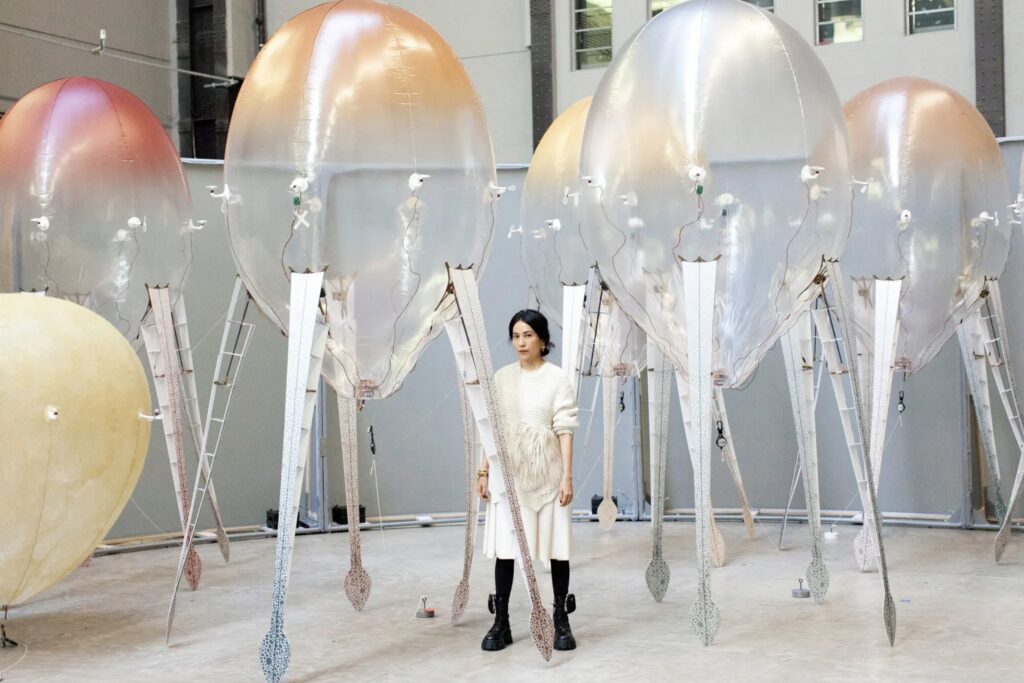
Background
Anicka Yi was born into a middle-class family in Seoul South Korea in 1971.
Her father worked as a Protestant pastor and her mother, from whom her curiosity about chemistry and biology seems to come, worked in a biomedical company.
At the age of 2 the whole family moved to Alabama (US) and shortly after to California where she grew up. She studied at the public university Hunter College in New York and after graduating she went to live in London where she worked in matters related to fashion and advertising.
At the age of thirty she made the leap towards conceptual art in which fragrances, cooking and science converge. She was always fascinated by the world of smells and opted to create aromatic works. She is distinguished by the preeminence of the senses of smell and touch in her installations. The visual aspect of art-making is secondary for Yi who believes that art has been visual and eminently masculine.
Exploration of Material
With Yi’s works, in which the air is part of the work, the public interacts even if they don’t want to (since you can’t stop breathing or feeling). The artist intentionally provokes emotions by making the viewer confront their fears of dirt and illness with works made of perishable materials that decompose, bacteria that have multiplied, and smells that cannot be ignored (such as the smell of sweat).
Her installations show biological processes in progress, they teach decomposition as it is happening. The smells are powerful and inevitable. Yi is a specialist in pieces made with living organisms that show unpleasant realities and with which she proposes drawing a parallel with the socio-political: there is a patriarchal fear of feminine odor and women’s hygiene. Smell is more subtle but has incredible powers to transport people to places and moments. Perfume has always been related to beauty and she wants to go further and go to not so delicious smells to highlight some aromas and make them a feminist tool. There have always been hierarchies both between the senses (sight was always first) and in society (where men were superior to women).
Process/Inspiration
Anika Yi, experiments with microbiology. She creates art works with bacteria, mushrooms and machines. But for her installation in the Tate In Love With the World, she was inspired by synthetic biology, which was programmed to emulate the fungal intelligence of microorganisms like mushrooms and jellyfish. For the appearance of the creatures in this piece, Yi was inspired by single-celled organisms, such as: amoebas, evoke cilia and protists. One of Yi’s goals was to make machines look more organic and “earthy” instead of cold and industrial. To do so, she replicated the pattern of a mushroom lattice for one of the creature’s tentacle, based on the lacy “skirt” of the veiled lady mushroom that has been in her work since 2016.
In Love With the World
Anika Yi In Love With The World, 2021, is a piece in collaboration with Hyundai commissions for the Tate Modern Museum. When Anika Yi was invited to do a piece for the Turbine Hall of the Tate Modern Museum that has an immensely tall ceiling and translucent skylights, which create a spacious feeling. Yi saw the space vertically and thought of creating a new ecosystem or scentscape made by machines. Yi and her team created two types of creatures, larger than life-size, and named them aerobes.
The first species, called Xenojelly, investigates the thermal gradient by vertical motions. The Xenojelly appears more curious and interested in humans and their actions. They have a central transparent balloon.The top part has a colored gradient and in the bottom it has five tentacles that move like jellyfish.
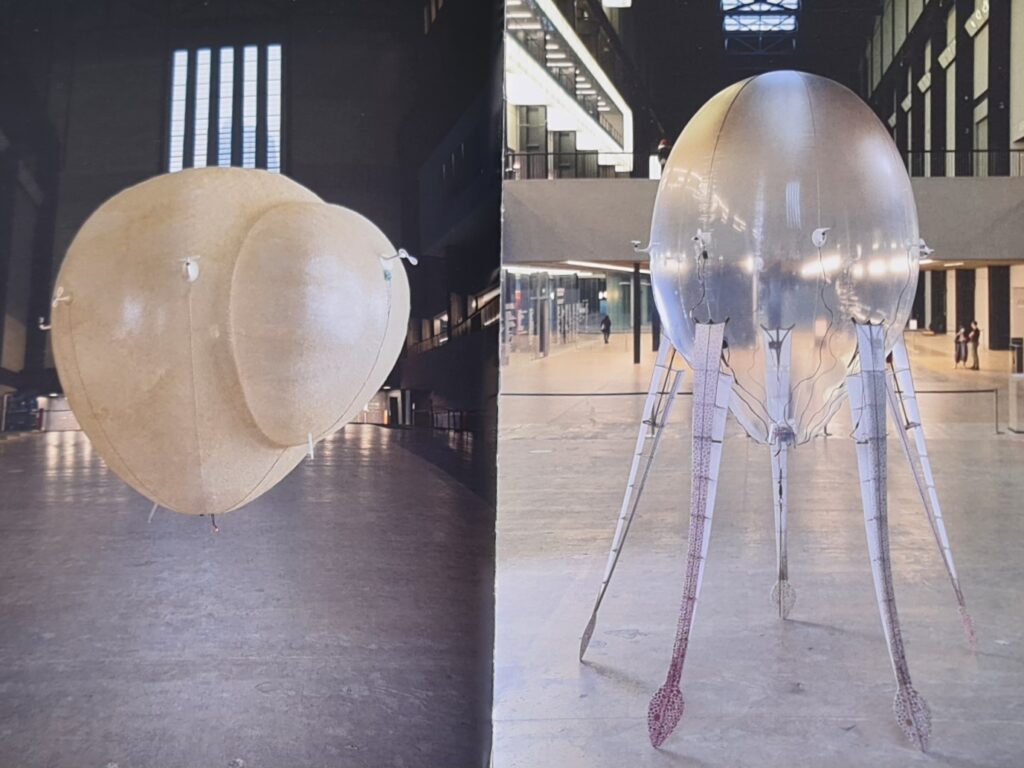
On the other hand, Planula, the other species, appears to be more shy because it is programmed to avoid human warmth and be curious about the xenojelly’s movements. They look like two conjoined beige balloons, one smaller than the other, with some little fans that allow them to move horizontally.
Both aerobes have a particular smell depending on their behavior. When the machines are curious about the space, it makes an aroma like earth after rainstorms and leafy greens. Another smell-linked behavior is confusion. Aerobes release a cinnamon and orange decayed organic matter scent. When the aerobes are feeling closeness they smell like black tea, cypress and sweat from horses. When they are stressed and uncomfortable their odor is a mix of fuel oil, smoke, ozone and pipe tobacco.
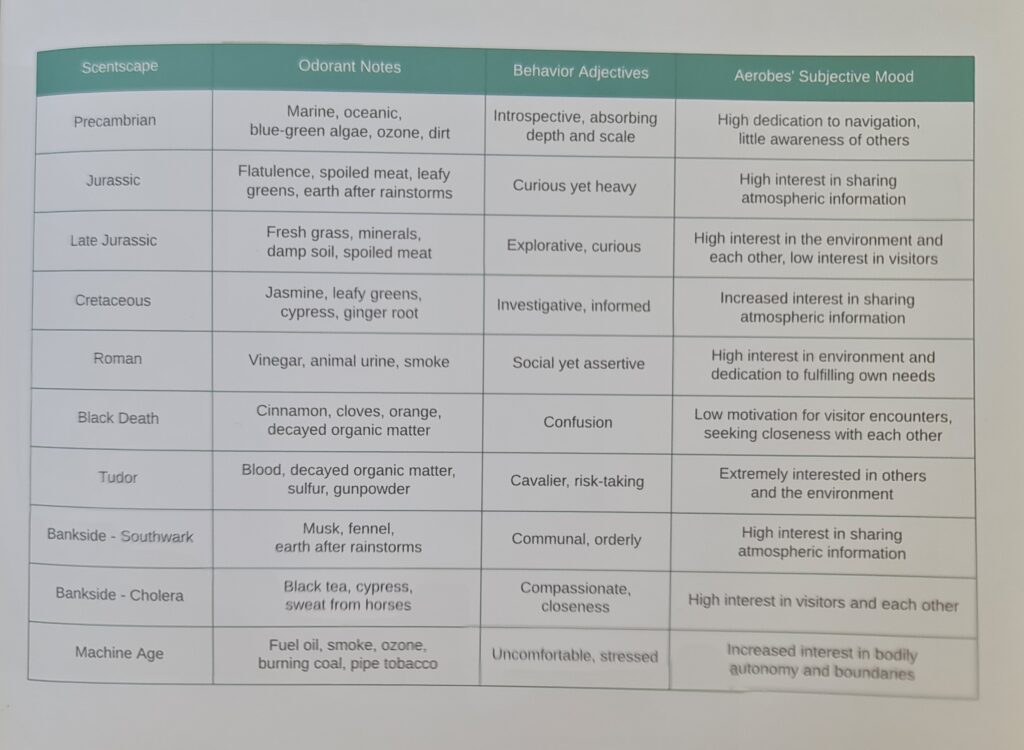
The viewer walks through the Turbine Hall and experiences it as an ecosystem with the aerobes flying through the space. The aerobes interact with the space and human body temperature, releasing smells. Yi wants people to realize that machines are not slaves but are like another form of being. Yi asserts her interest in exploring ““our role and our sort of symbiotic relationship to other living and non-living forms”
In Love with the world at tate modern. Anika Yi Studio. (n.d.).
HyundaiWorldwide. (n.d.). Hyundai Commission: Anicka Yi at Tate Modern. YouTube.
Tate. (n.d.). Anicka Yi: Tate modern.
Tate. (n.d.-b). Ask the Artist | Questions for Anicka Yi . YouTube.
TED. (n.d.). Intelligent Floating Machines Inspired by Nature | Anicka Yi . YouTube.
Thackara, T. (2021, October 11). The artistic aromas of Anicka Yi. The New York Times.
Yi, Anicka et al. Anicka Yi : In Love with the World. Ed. by Remina Greenfield and Judith
Severne. London: Tate Publishing, 2021. Print.
